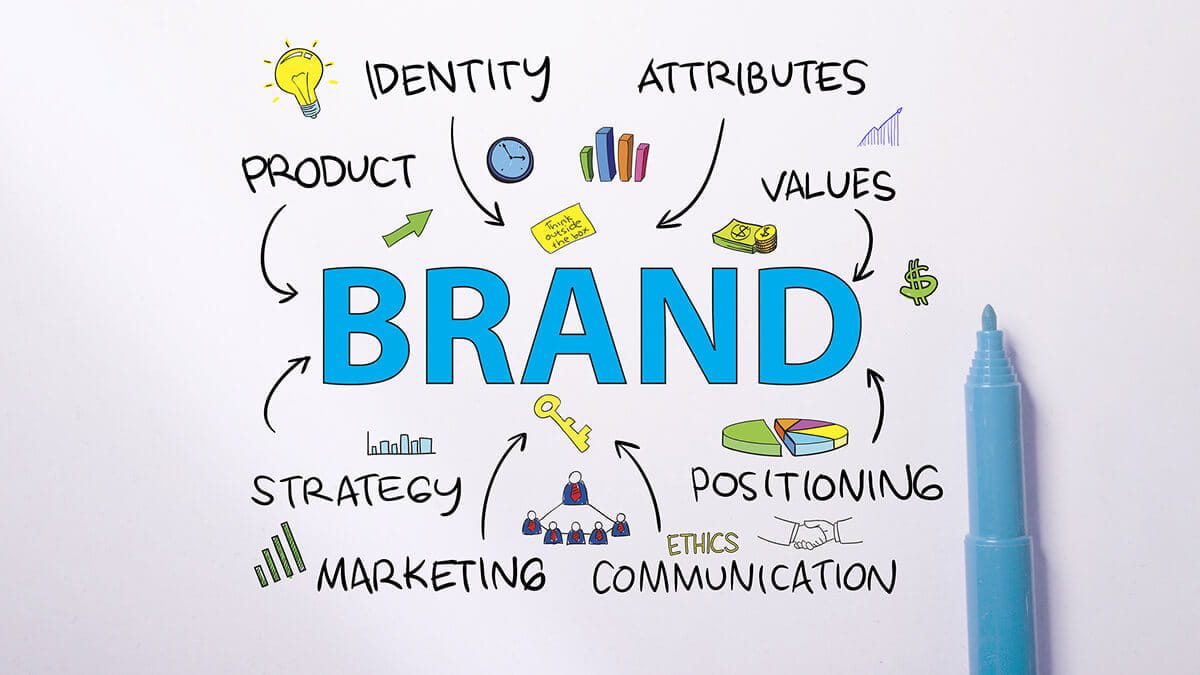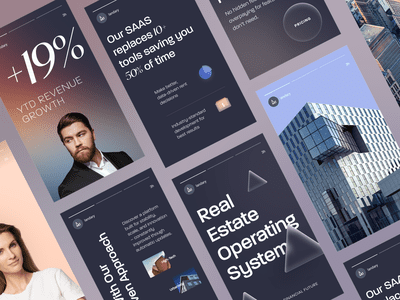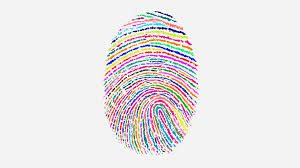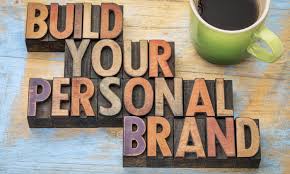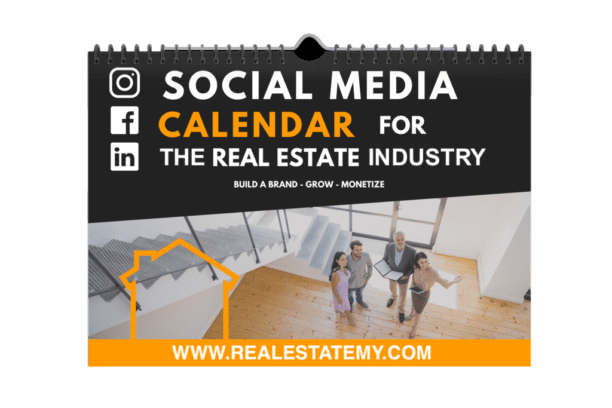Real estate marketing expert Ben Liau once defined a brand as “A consumer’s perception, expectations, memories, stories and relationship with a company, person, product or service.
This is a great, all-encompassing definition that acknowledges the intangible aspects of what defines a brand.
But with real estate branding there are also physical/tangible assets that play an important role in communicating what your actual brand is about: like your logo, or design. These assets are categorised in branding as Brand Identity Design.
Brand identity is the face of the brand. It’s the visual component of the brand that represents the larger emotional and philosophical traits. It includes how you present yourself, your logos, your colours, your typography, and messaging, and it also complements and reinforces the existing reputation of your brand.
Download Now: Real Estate Marketing Plan Template [Free Access]
You real estate brand identity can attract new clients while making existing clients feel content. Your brand identify is both outward facing and inward facing.
Why it is vital that your real estate brand identity be kept consistent?
It is vital because it represents and reinforces the emotions of your personal brand, the image portrayed by brand identity design needs to be clear, and it need to be a brand that your clients can trust with their life-changing property purchase decisions. When clients encounter an inconsistent brand, it sends them a mixed message, and not a good one. It tells them that this brand/person doesn’t take itself seriously enough to tell the same story. They will wonder what other inconsistencies lie beneath the surface. How can they trust you and your agency to follow through on what has been promised when your brand identity keeps shifting and changing?
To manage their brand identity, agents and agencies need a system that helps them stay consistent while still having the speed and flexibility to succeed in today’s volatile market. Components of this system might include a style guide, presentation guide, branding guide, and even employee personal training.
Lets look at the main components of good brand identity design. As you read, take inventory of your own brand’s assets and make note of any gaps and opportunities you will discover.
INTERNAL BRAND IDENTITY
These five assets aren’t usually shared with the public, but they should be evident in all that you do as a property agent. These are the core values and mission that drive you and your agency toward success, and they set the tone for how all agents, partners and customers should be treated.
- Brand promise
- Positioning statement
- Value proposition
- Client Perception
- Key messaging
BRAND PROMISE
What are you and your agency here to do? The brand promise aligns you, your team, your agency behind the same vision. It should express the values and goals of the agency, which may evolve over time. This single sentence should remain relevant for around 10 years.
Here is an example:
- To enable real estate professionals to make more money in less time while exceeding the expectations of home buyers and sellers.
POSITIONING STATEMENT
Your positioning statement is an expression that defines your brand’s most compelling benefit. Unlike the brand promise, a positioning statement is made within the context of the market and your competitors. Because of this, it’ll likely remain relevant for only about 24 months.
VALUE PROPOSITION
What are the key features and benefits of your brand, products and services? How does you and your agency differ from the rest of the market, and what makes you the better choice for clients?
These are tough questions, but the answers are invaluable. In markets where properties and services are similar, your brand offers one way to be unique.
CLIENT PERCEPTION
What message do you want to send to your clients when they meet you and see you, how do you want to make them feel?
Here are some good traits:
- Comfortable
- Trusting
- Loyal
KEY MESSAGING
What language resonates most with your audience? How can you communicate your brand identity to make them trust you?
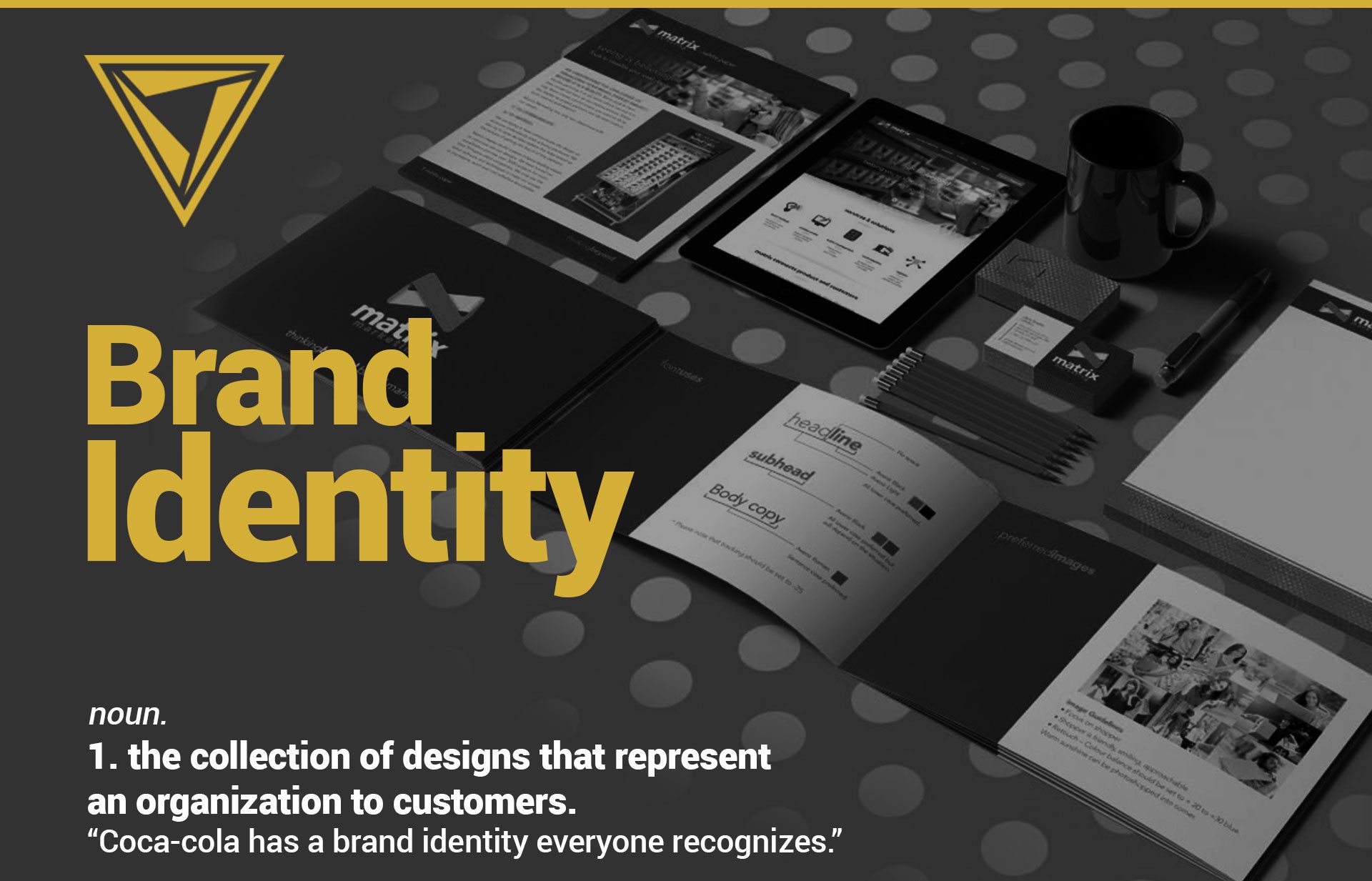
Here are some branding elements to get right:
NAME & LOGO
The brand vitals. Good ones stand out because they are meaningful and memorable. Because logos are the asset that gets used and shared the most, it is very critical to make sure everyone has access to current, approved versions.
SLOGANS & TAGLINES
Slogans and taglines are mostly used in advertising. Good ones are impactful and easy for clients to recall. After all the effort put into refining these short phrases to perfection, it would be a waste not to use them properly.
COLOR PALETTES
According to a report titled Impact of Colour on Marketing, up to 90% of a customers’ judge a brand or product is based solely on colour. Your brand’s colour palette is an essential part of its story and visual identity. They set the tone for your audience/clients.
TYPOGRAPHY
Typography plays a unique role in your brand identity, and nearly no part of design causes more controversy than font choice. Also the size, shape & placement of different fonts will enhance your message and direct the focus to where you want it to be.
TONE & VOICE
Brand voice is the conduit through which you communicate who you are, what you do, and what you can offer. It’s the medium that your clients use to get to know you, and developing a strong voice will increase real estate brand recognition and loyalty. Getting it wrong, on the other hand, can turn your branding into a constant uphill struggle.
Conclusion
All of these brand identity elements work together to build a holistic picture of your brand. Every piece of your real estate business should align with your branding to deliver a familiar experience to your clients every time they interact with you. The strongest property brands, essentially, are the ones who learn to tell their story compellingly and consistently over time.
So please stay tuned to the next part of the series where will explore in detail on how to properly manage your real estate brand. Here are the next topics in the series:
- Brand Management
- Brand Consistency
- Sales Enablement
- Print Collateral
- Digital Collateral

